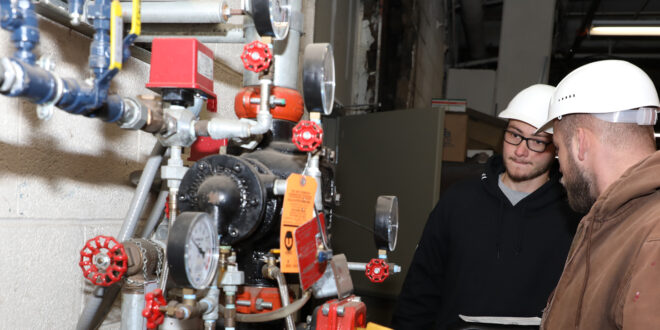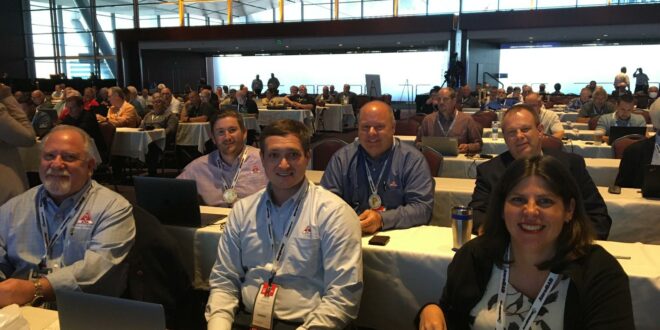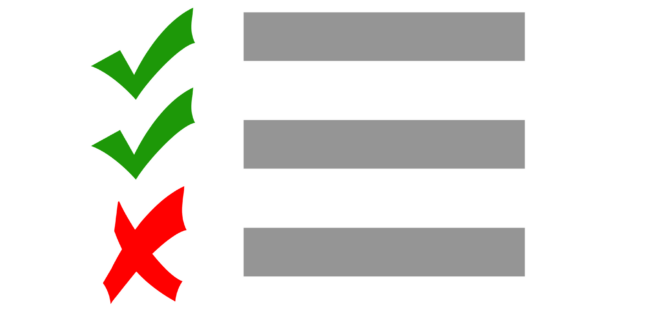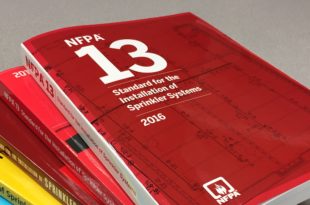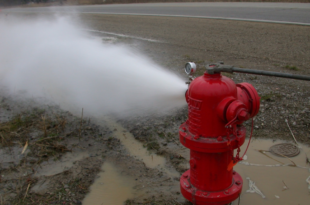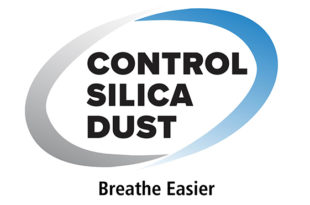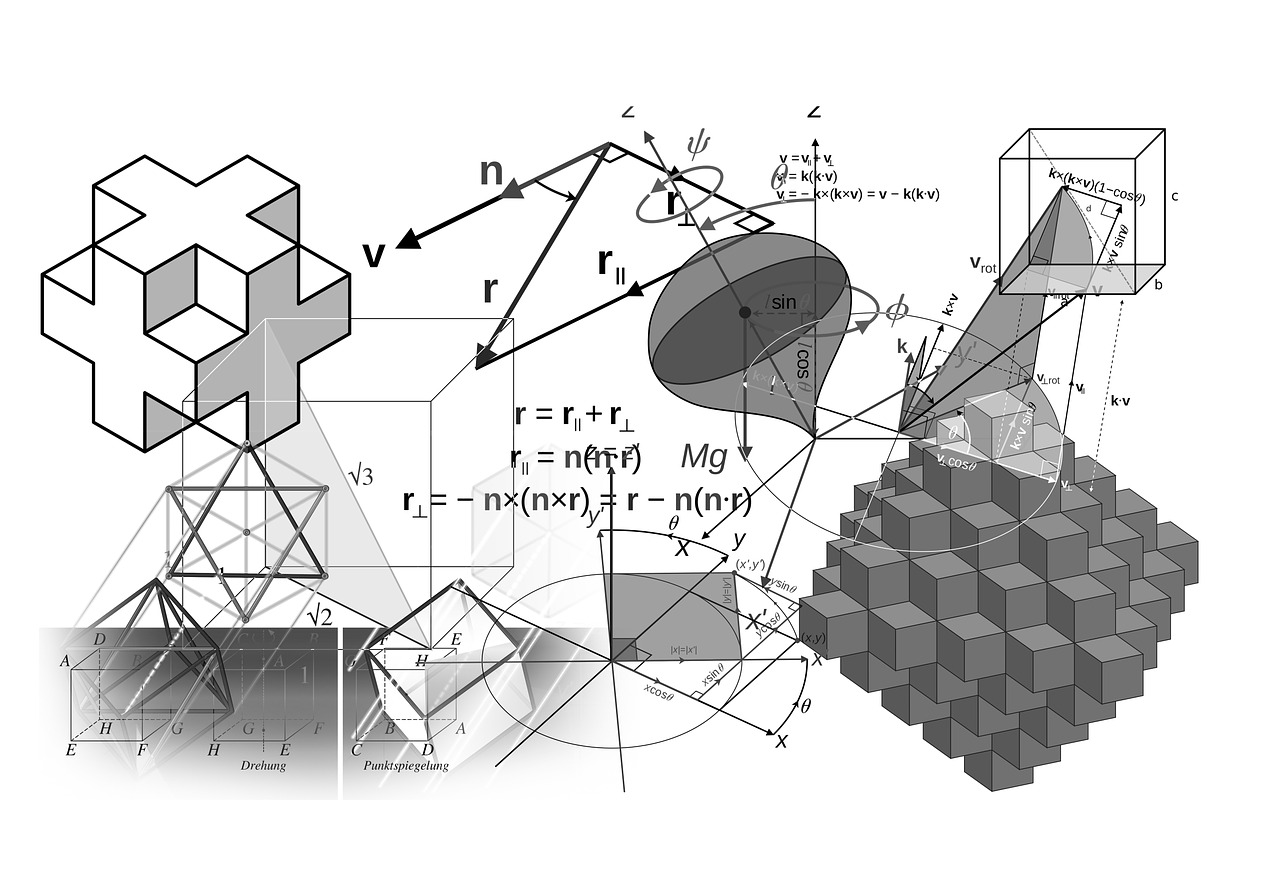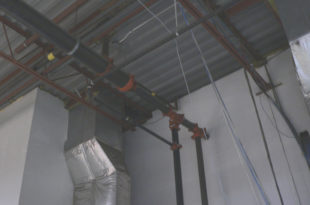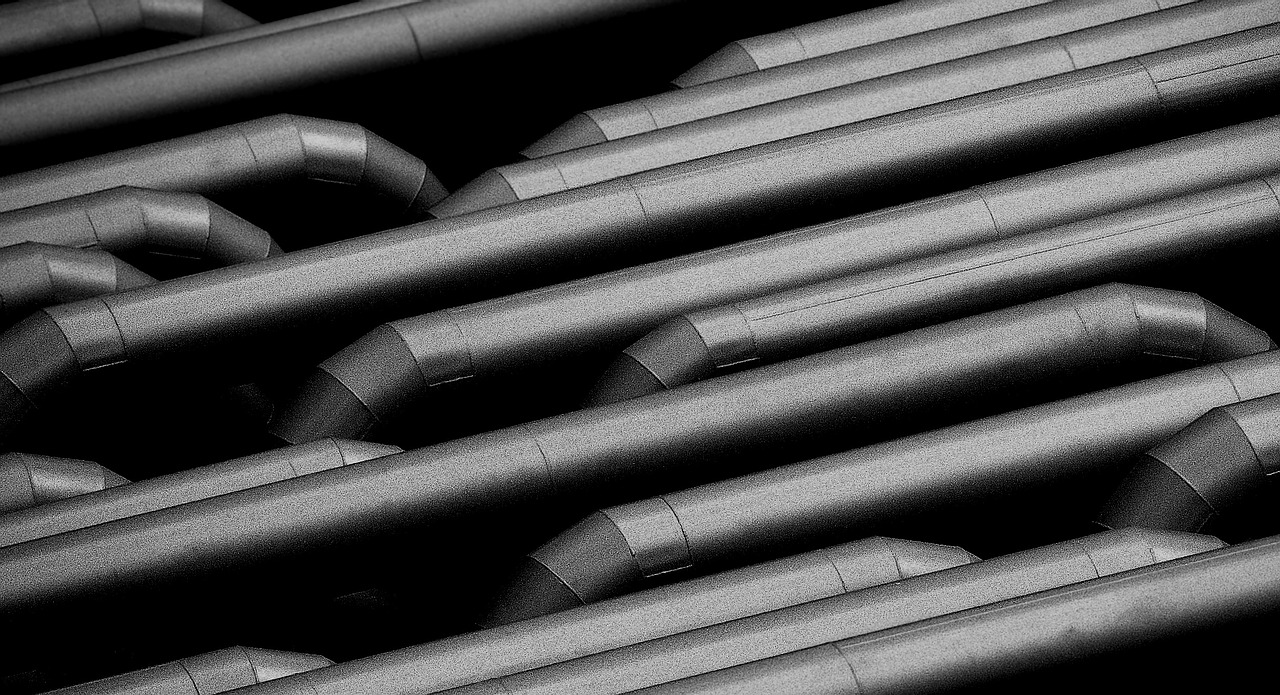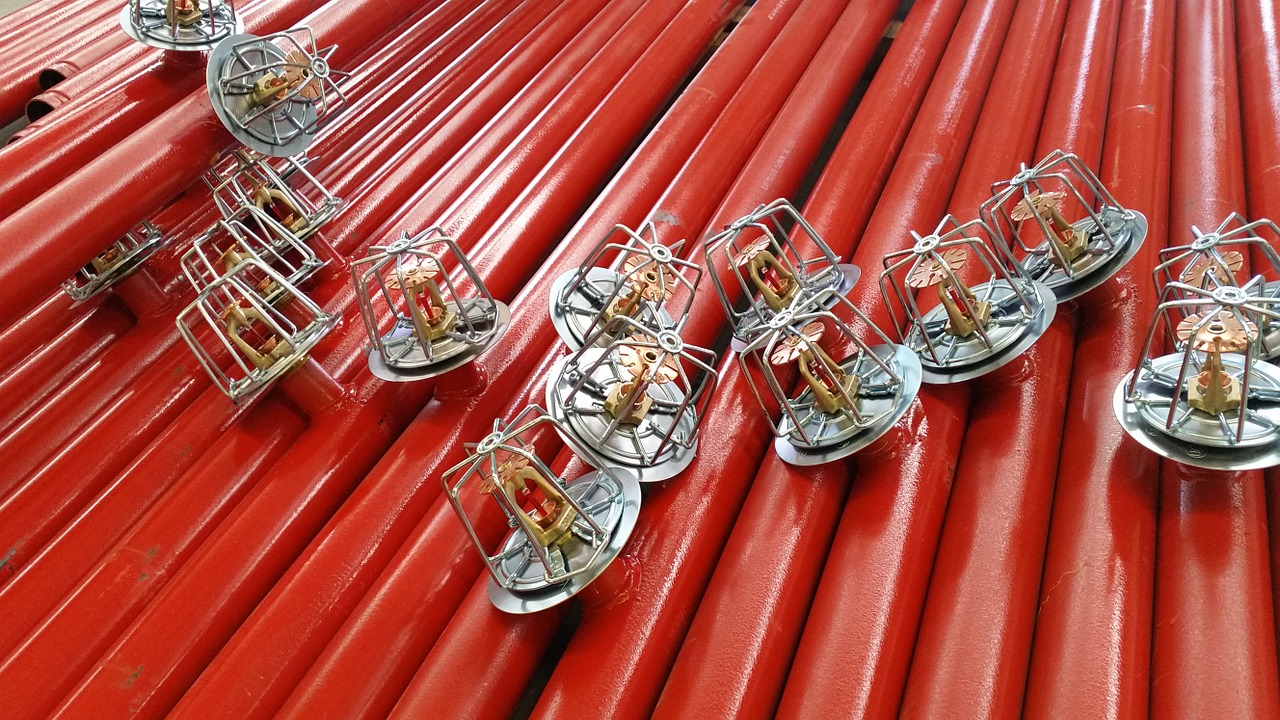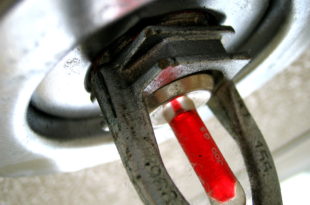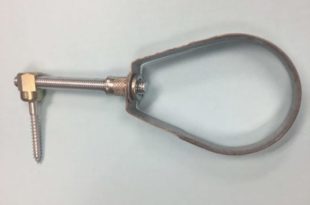March 21, 2018
Featured Articles, Technical Articles
Who is Responsible for What? Everyone knows that a water supply test is simply a snapshot of what is available at that moment in time. We also know that the water supply needs to exceed the system demand of the fire protection system. A final fact is that water supplies …
Read More »
February 27, 2018
Featured Articles, Technical Articles
Look to NFPA Standards for Recommended Practices Industry and nationwide hydrant flow tests can vary greatly. Most people don’t know the National Fire Protection Association (NFPA) has a “recommended practice” for conducting a flow test: NFPA 291, Recommended Practice for Fire Flow Testing and Marking of Hydrants. The 2017 edition …
Read More »
February 13, 2018
Featured Articles, Industry, Technical Articles
Concerns for Fire Sprinkler Installers On March 25, 2016, the Occupational Safety and Health Administration (OSHA) published its final rule on respirable crystalline silica exposures in construction. Most of the standard came into effect on June 23, 2017, with a few technical details going into effect on June 23, 2018. …
Read More »
December 15, 2017
Featured Articles, Technical Articles
When Not to Use Hazen-Williams Any seasoned fire sprinkler designer or fire protection engineer should be familiar with the Hazen-Williams equation. It is the fundamental equation used in water-based fire protection for calculating the friction loss of water flowing through pipe. The Hazen-Williams formula (see Figure 1) is used when …
Read More »
November 27, 2017
Featured Articles, Technical Articles
Back to Basics Hydraulic calculations completed by hand are a thing of the past. Computer programs can provide you with pages of information at the click of a mouse. However, given the demand for new sprinkler designers, there is a need to return to the basics. Designers, particularly newer designers, …
Read More »
November 17, 2017
Featured Articles, Technical Articles
Using an NFPA 13 Analogy There are very few listed sway brace fittings for CPVC pipe. Listing criteria specified by the CPVC resin manufacturers and recognized by Underwriters Laboratories (UL) define the mechanics required of listed CPVC sway brace fittings and their design. Accordingly, UL listing requires strictly defined features …
Read More »
November 8, 2017
Featured Articles, Technical Articles
Identifying Acceptable Small Compartments One of the key aspects of designing a sprinkler system is making sure that the water supply can handle all of the sprinklers that are likely to open in a fire. There are at least three different ways to predict the number of sprinklers likely to …
Read More »
November 1, 2017
Featured Articles, Technical Articles
A Look Into Loading’s Effect on Sprinkler Thermal Sensitivity The 2017 edition of the NFPA 25, Standard for the Inspection, Testing, and Maintenance of Water-Based Fire Protection Systems, section 5.2.1.1.1 states that any sprinkler that shows signs of “loading detrimental to sprinkler performance” during the annual floor level inspection shall …
Read More »
August 31, 2017
Featured Articles, Technical Articles
What Else the Testing Tells Us A common part of our industry is the use of Listed components. Other than the general understanding that this requirement provides a level of confidence that the devices will work, we typically don’t give the subject a lot of thought. There are multiple aspects …
Read More »
August 23, 2017
Education, Industry, Technical Articles
Understanding the Testing Standards What is behind a listing? We know the components are tested, but to what degree? This information can help if an Authority Having Jurisdiction (AHJ) is questioning the loading of an application using a listed support or brace. This article will provide some background of what …
Read More »

 Sprinkler Age A Publication of the American Fire Sprinkler Association
Sprinkler Age A Publication of the American Fire Sprinkler Association

